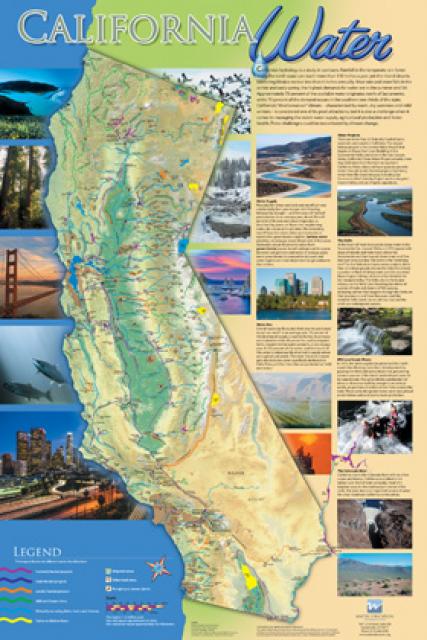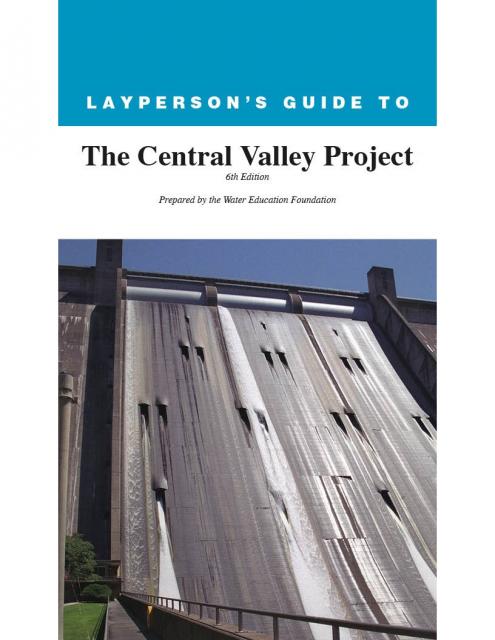Friant-Kern Canal
 A part of the federal Central Valley
Project (CVP), the 152-mile Friant-Kern Canal in
California’s San Joaquin
Valley plays a critical role in delivering water to 1 million
acres of farmland and 250,000 people from the Fresno area south
to Bakersfield.
A part of the federal Central Valley
Project (CVP), the 152-mile Friant-Kern Canal in
California’s San Joaquin
Valley plays a critical role in delivering water to 1 million
acres of farmland and 250,000 people from the Fresno area south
to Bakersfield.
The Friant-Kern Canal was designed as a gravity-fed facility and does not rely on pumps to move water. It is part of the CVP’s Friant Division Project that stores water from the San Joaquin River in Millerton Lake behind Friant Dam, 10 miles northeast of Fresno. The Madera Canal takes some of that water north to Chowchilla.
Water supplied by the Friant-Kern Canal supports the valley’s major crops: alfalfa, corn, grains, grapes, vegetables, nuts and fruits. However, Friant Dam also ceased flow in some portions of the San Joaquin River, which led to the loss of salmon runs and a lawsuit. A 2006 settlement ultimately led to an ambitious and ongoing plan to restore flows in the San Joaquin River and bring back salmon populations.
In a complicated exchange to replace San Joaquin River flows diverted by the Friant-Kern and the Madera canals, water contractors on land east of Interstate 5 and primarily west of the San Joaquin River get water from Northern California delivered by the Delta-Mendota Canal via the Sacramento-San Joaquin Delta and pumps near Tracy.
Decades of groundwater overdraft near the Friant-Kern Canal have caused land subsidence that restricts the canal’s ability to make full water deliveries.
In 2021, the Friant Water Authority launched a $500 million project to repair a 33-mile stretch of the canal in southern Tulare County that has lost 60 percent of its design capacity to convey water due to subsidence. The agency completed the project’s first phase, rebuilding a 10-mile section at the worst pinch-point of the canal.
Updated August 2024










